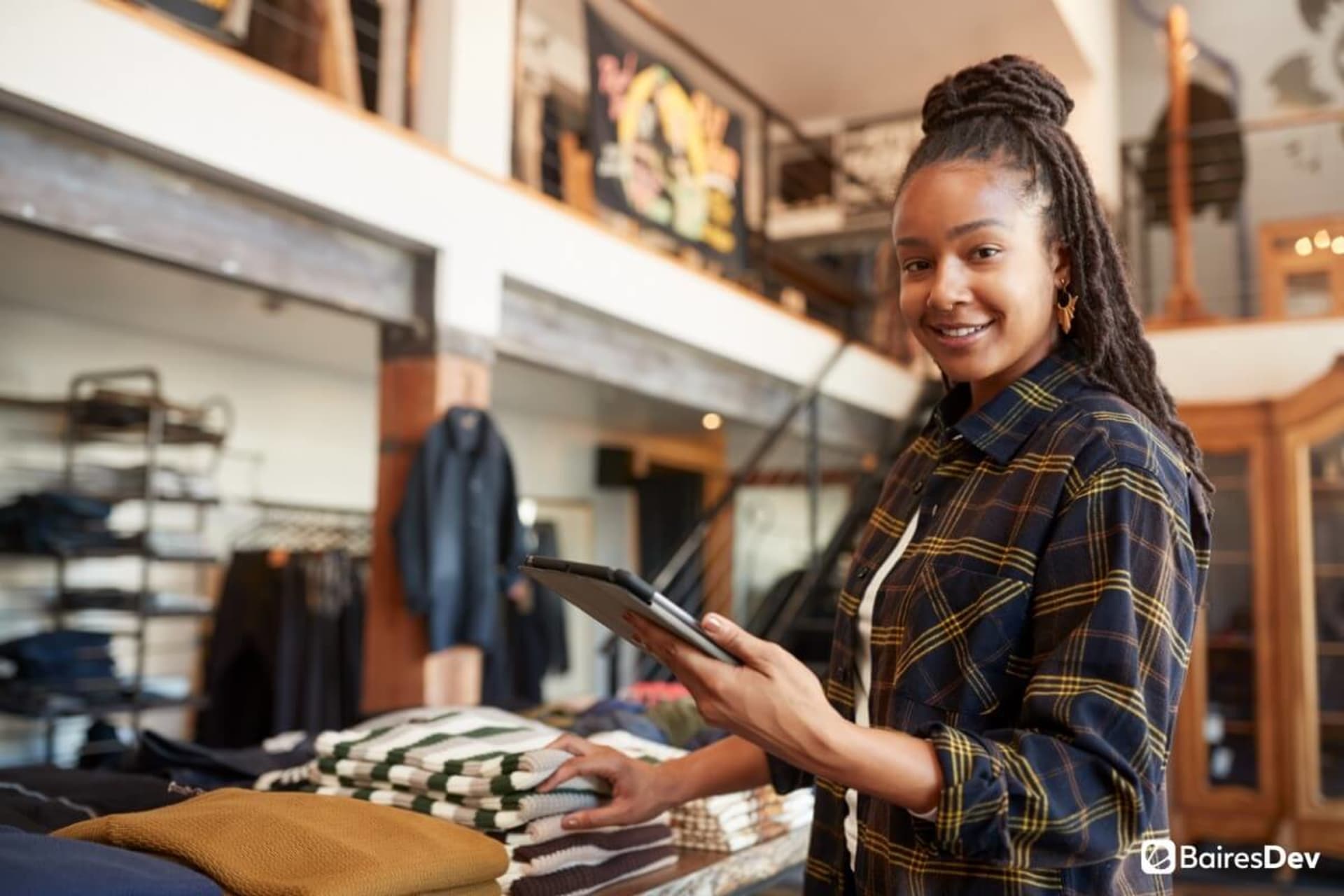As we’re returning to normal, retailers might be finding that they just can’t go back to how things were before the pandemic. The many disruptions caused by COVID-19 included many changes to consumer behavior, most of which are likely to stick around. The central factor that threads those changes together? The accelerated adoption of e-commerce.
People got accustomed to shopping online for virtually everything, so retailers swiftly switched their attention to online channels. But what happens now? Should retail companies favor their online stores, try to go back to normal, or aim for something right in the middle? It’s a somewhat tricky decision to make, and the answer varies from retailer to retailer.
Yet, there are things that feel common to most, so retailers should definitely take the following 3 steps that seem crucial to emerge from the crisis in better form.
1. Develop a Robust In-Store Omnichannel Integration
The first thing retailers should ask themselves is why would consumers want to go back to physical stores when they can easily shop online. Sure, some might miss the in-store experience or having the possibility to actually touch, feel, and even try products before they buy them. But many people won’t care about that, so retailers should think about what role their stores will play in the post-pandemic world.
Some retail companies already did part of the work during the first few months of the pandemic by adopting contactless payment methods or curbside pickup. However, those things became so common that they’re now expected rather than a plus. That’s why companies need to offer something else, a good reason for people to come back to the store. And the solution seemingly lies in in-store omnichannel integration.
In other words, retailers should blend the digital experience with the in-store experience in such a way that both spaces (the digital and the physical) complement each other. Enabling the ability to pick up online purchases in the store is the most basic example, but there are plenty of other things retailers can do.
Some of those things include extending the digital purchase experience by adding items the customers could be interested in, training an omnichannel staff to work as designated touchpoints both in the digital and physical stores, and even using the online data to provide unique and personalized in-store shopping experiences (such as early in-store tryouts of new products for loyal customers or exclusive in-store discounts).
2. Use Omnichannel Data to Adjust the Store Network
Developing the omnichannel strategy won’t just help retailers align with new consumer habits and desires—it will also produce troves of data they can use to better adjust their physical store strategy on a larger level. I’m talking about deciding if it’s worth keeping a specific physical store open, if it’s better to relocate to a smaller location, or if there’s a need to open a new store to support online operations.
Some people might argue that it makes sense to keep only small physical stores in a post-pandemic world. And while that may be the way to go for certain companies, the reality is that each retailer will have to dive deep into their data to check what’s convenient for them. Maybe a company finds out that it’s smart to keep a large location open downtown and close smaller locations in different spots to create a hub of sorts. Others might find out that the opposite is right for them because smaller stores across a particular city might multiply their reach.
The only way to find out a way forward is to analyze the data coming from the omnichannel strategy. It can reveal which is the preferred store for people to pick up things, which one receives the most traffic, which are underperforming, and even which areas present opportunities to open a new store.
3. Reimagine Infrastructure and Staff
Creating a robust omnichannel strategy and adjusting the physical store network will take retailers only so far. They’ll also need to reimagine their entire infrastructure to balance costs and account for the impact of the shift in consumer habits. Additionally, they’ll need to better prepare their employees for the in-store experiences to come.
On one hand, reimagining the infrastructure implies redefining processes for increased efficiency at a lower cost. This is possible through the integration of automation solutions and the digital acceleration of the entire workflow. This can mean a lot of things, from implementing AI algorithms to monitor stock and replenishment of items to adopting self-service features, like self-checkout and contactless returns.
On the other hand, retailers will have to train the workforce for the new normal, as well as redefine their relationship with it. This might imply teaching them new skills, creating new roles, adopting flexible schedules, and providing new perks to attract a specific “omnichannel-savvy” talent that might be hard to come by.
Accelerate the Transformation of Your Retail Store
If you’re part of a retail company, some of the things I’ve mentioned here might ring true for you. Contactless payments and curbside pickup are a reality for virtually all retailers now, and many have already ventured into automation solutions. However, such transformation should reach deeper levels to truly serve post-pandemic consumers.
That means you’ll have to accelerate your digital transformation to align with the wants and needs of today’s clients, some of whom might shift their minds quickly. That’s why you’ll need to take a look at all levels of your adaptation process to detect improvement opportunities. You might partner with a software development company to help you automate your workflow, use training services to quickly upskill your workforce, or even shift your business focus to better position yourself for the upcoming future.
One more thing: Whatever you need to do, do it now. The post-pandemic world is already upon us and the retail field has already changed a lot. Now it’s your time to change, too.







